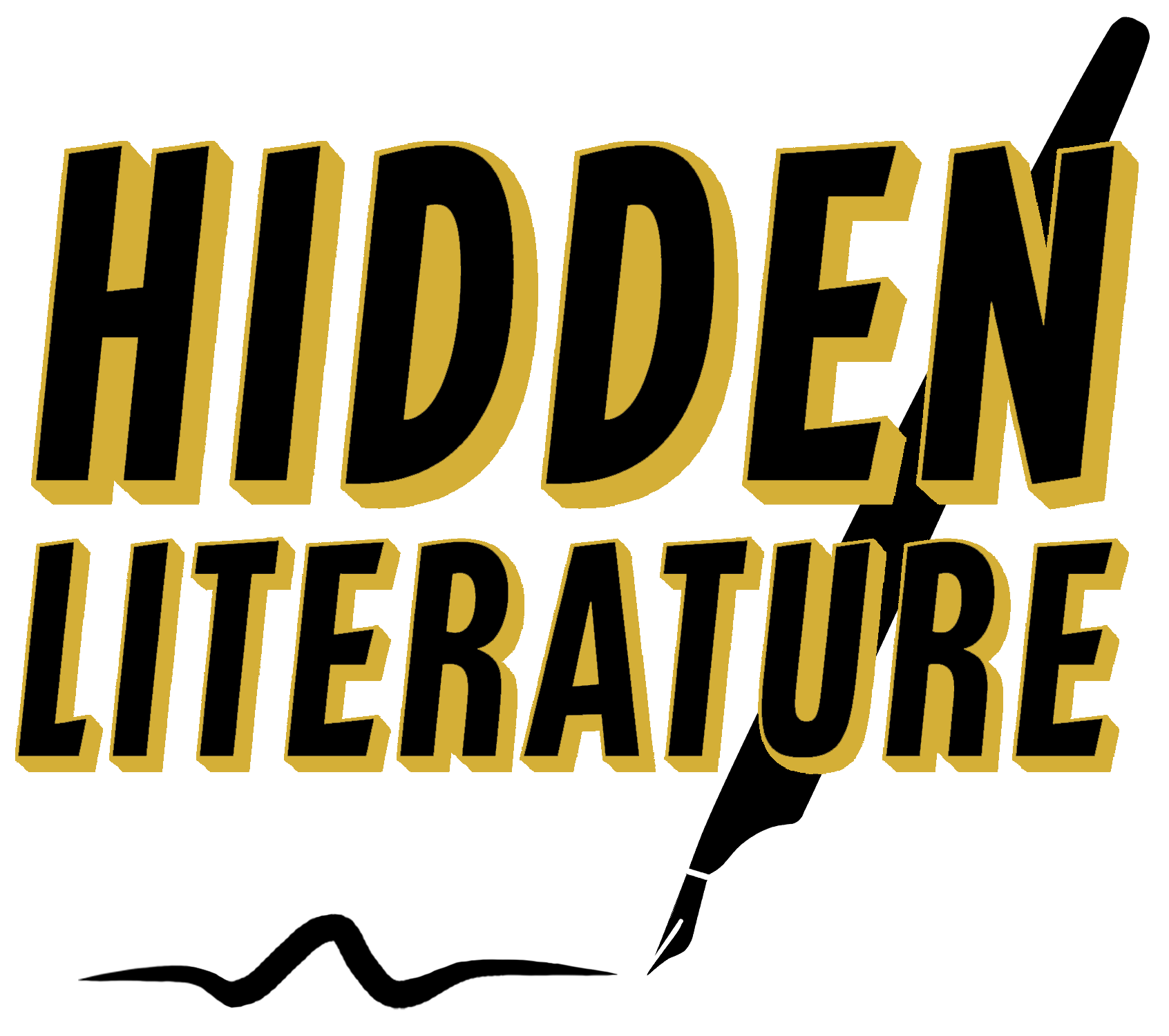An alliteration poem is a type of poetry in which the repetition of the initial consonant sound is used to create a rhythmic and musical effect. Alliteration involves the use of words that begin with the same consonant sound, typically in a series of two or more words.
For example, “Peter Piper picked a peck of pickled peppers” is a famous alliteration poem in which the letter “p” is repeated in every word. Alliteration poems often use repetition of consonant sounds to create a musical quality, emphasizing certain words or phrases and adding to the overall mood of the poem.
Alliteration can also be used in more subtle ways, such as to emphasize certain words or phrases. For example, consider the following line from Robert Frost’s “Stopping by Woods on a Snowy Evening”:
“The only other sound’s the sweep
Of easy wind and downy flake.”
Here, the repeated “s” sound in “sound’s,” “sweep,” and “snowy” emphasizes the quiet and stillness of the winter scene.
Alliteration has been used in poetry for centuries, with examples found in the works of Shakespeare, Chaucer, and even in ancient Greek and Latin poetry. Alliteration can be found in a wide range of poetry, from limericks and nursery rhymes to epic poems and modern free verse.
One of the benefits of using alliteration in poetry is that it can create a sense of unity and cohesion in a poem. By using the same consonant sound repeatedly, a poet can create a sense of symmetry and balance within the poem. Alliteration can also be used to create a specific tone or mood, such as a sense of playfulness or seriousness, depending on how it’s used.
In conclusion, alliteration poetry is a type of poetry that uses repetition of the initial consonant sound to create a rhythmic and musical effect. It has a long history in poetry and continues to be used by poets today to create a variety of effects, from playful and whimsical to serious and introspective.
History of alliteration in poetry
The use of alliteration in poetry can be traced back to Old English poetry, such as the epic poem Beowulf. Alliteration was a common feature of Old English poetry, and it was used to help the poet remember the lines and to create a musical quality in the poem.
During the Middle Ages, alliteration remained a popular feature of poetry in England and other parts of Europe. Poets used alliteration to create rhythm and emphasize certain words or phrases, as well as to add to the overall mood of the poem. For example, the opening lines of Chaucer’s Canterbury Tales use alliteration to create a sense of unity and cohesion in the poem:
“Whan that Aprille with his shoures soote The droghte of March hath perced to the roote.”
As poetry evolved over time, alliteration remained a popular technique among poets. In the 19th century, Romantic poets such as William Wordsworth and Samuel Taylor Coleridge used alliteration in their poetry to create a sense of beauty and harmony.
In the 20th century, poets such as T.S. Eliot and W.H. Auden used alliteration in their poetry to create a sense of rhythm and musicality. For example, in his poem “The Love Song of J. Alfred Prufrock,” Eliot uses alliteration to create a sense of unease and anxiety:
“In the room the women come and go Talking of Michelangelo.”
Alliteration continues to be used in contemporary poetry, with poets using it to create a variety of effects, from playful and whimsical to serious and introspective.
In conclusion, alliteration poetry has a rich history that dates back to Old English poetry and has evolved over time to become a common feature of poetry today. Alliteration has been used to create rhythm, emphasize certain words or phrases, and add to the overall mood of the poem. It remains a popular technique among poets today and continues to be used to create a variety of effects in poetry.
Examples of alliteration in poetry
Here are two original poems using alliteration:
Example 1
The buzzing bees beat
a path to the blooming buds,
their bodies brimming with
sweet nectar they’ll bring
back to the busy hive,
where honey is harvested
and the queen bee reigns.
The sound of their wings
fills the air, a symphony
of life and industry.
Example 2
The lonesome loon’s lonely
call echoes across the lake,
its haunting cry heard
for miles around. The moon
shimmers on the water,
the only light to guide
the loon on its nightly
journey. The lake lies
silent, serene, a sanctuary
for the loon’s mournful melody.
If you are interested in attending our poetry workshops or events see our Events Diary here or contact us via email at hello@hiddenliterature.com.
Stay connected with us on social media.
